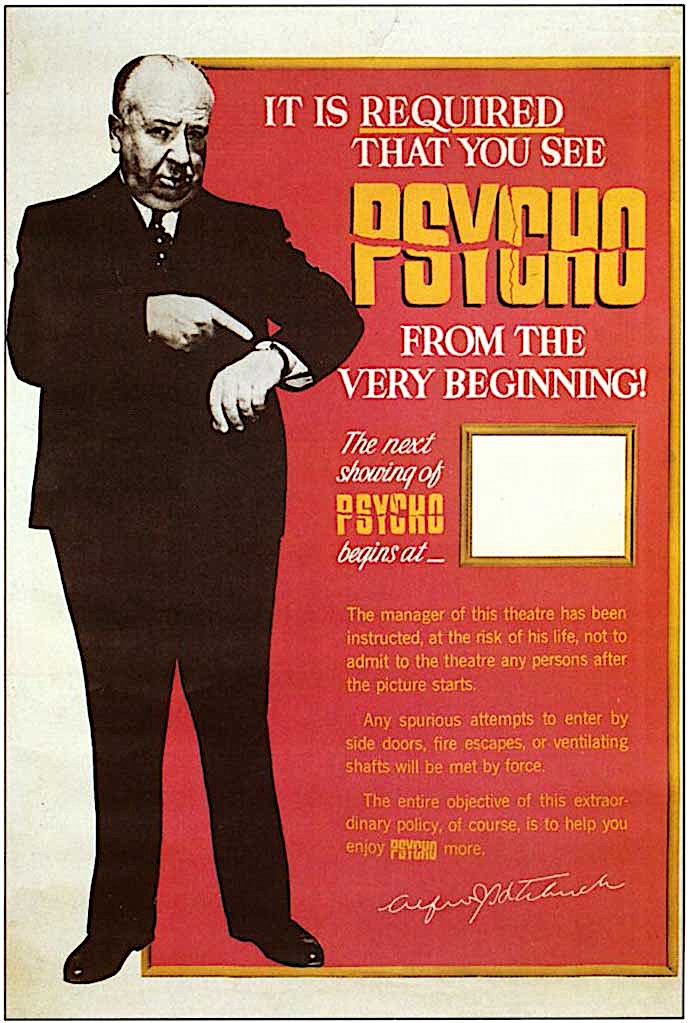It’s hard to imagine one of today’s nationally known singer-songwriters voluntarily sharing an unfinished composition on late night TV, then asking for advice on how to wrap things up.
That’s exactly what Paul Simon did on The Dick Cavett Show on September 5, 1974, when he shared the first two verses of “Still Crazy After All These Years,” accompanying himself on acoustic guitar:
I met my old lover
On the street last night
She seemed so glad to see me
I just smiled
And we talked about some old times
And we drank ourselves some beers
Still crazy after all these years
Still crazy after all these years
I’m not the kind of man
Who tends to socialize
I seem to lean on
Old familiar ways
And I ain’t no fool for love songs
That whisper in my ears
Still crazy after all these years
Still crazy after all these years
Next, he presented Cavett and the studio audience with options, warning that they would be musical choices, “because lyrically, I really don’t know what I have to say.”
Simon quickly demonstrated what a follow up might sound like in G major or G sharp minor, explaining that the wisest move from a music theory standpoint, would be an as yet unused C natural or C sharp, to subliminally refresh listener’s ears, a tactic he likened to the comedic Rule of Threes.
When the song was released the following year, the key had gone up to G and the guitar had morphed into piano backed by the Muscle Shoals Rhythm Section, with a jazzy sax solo after the bridge.
All in all, a slicker, less introspective sound.
In an interview with American Songwriter, Simon not only delves further into Still Crazy’s chord progressions, he pegs its famously enigmatic lyrics as an unhappy assessment of his personal life at the time of their writing:
That was a long time ago. I’ve long since stopped feeling that way. I probably wouldn’t describe myself that way. I probably wouldn’t think that way at all.
The words are personal. It sounds like I was talking about where I was then. I have the same instinct as all writers: if something from my life works, I use it. If I have to change it and exaggerate it because that works, I’ll change it and exaggerate it.
I’m not committed to telling the truth. I’m committed to finding what the truth is in the song. But that’s not a commitment to telling everyone what’s going on with you. That’s very common.
True. But would he still agree to perform the song in a turkey suit if threatened with the sobriquet “Mr. Alienation”?
Here are the lyrics that stuck, from the album that shares the song’s title:
I met my old lover
On the street last night
She seemed so glad to see me
I just smiled
And we talked about some old times
And we drank ourselves some beers
Still crazy after all these years
Still crazy after all these years
I’m not the kind of man
Who tends to socialize
I seem to lean on
Old familiar ways
And I ain’t no fool for love songs
That whisper in my ears
Still crazy after all these years
Still crazy after all these years
Four in the morning
Crapped out
Yawning
Longing my life away
I’ll never worry
Why should I?
It’s all gonna fade
Now I sit by my window
And I watch the cars
I fear I’ll do some damage
One fine day
But I would not be convicted
By a jury of my peers
Still crazy
Still crazy
Still crazy after all these years
Related Content
Paul Simon Tells the Story of How He Wrote “Bridge Over Troubled Water” (1970)
Jazz Virtuoso Oscar Peterson Gives Dick Cavett a Dazzling Piano Lesson (1979)
Paul Simon Deconstructs “Mrs. Robinson” (1970)
– Ayun Halliday is the Chief Primatologist of the East Village Inky zine and author, most recently, of Creative, Not Famous: The Small Potato Manifesto and Creative, Not Famous Activity Book. Follow her @AyunHalliday.



